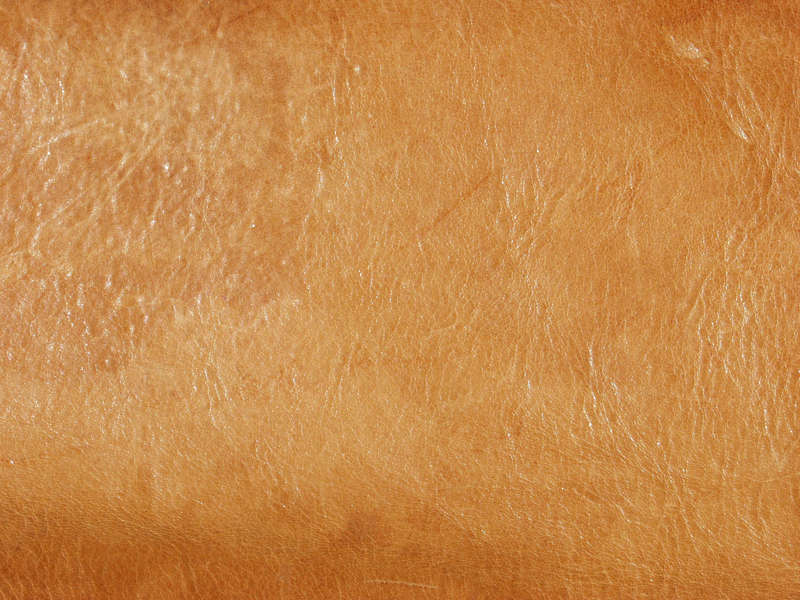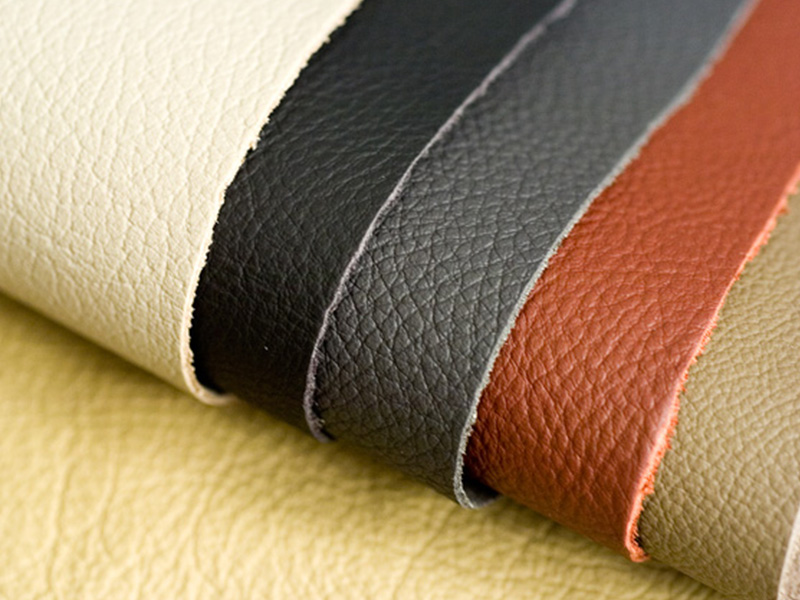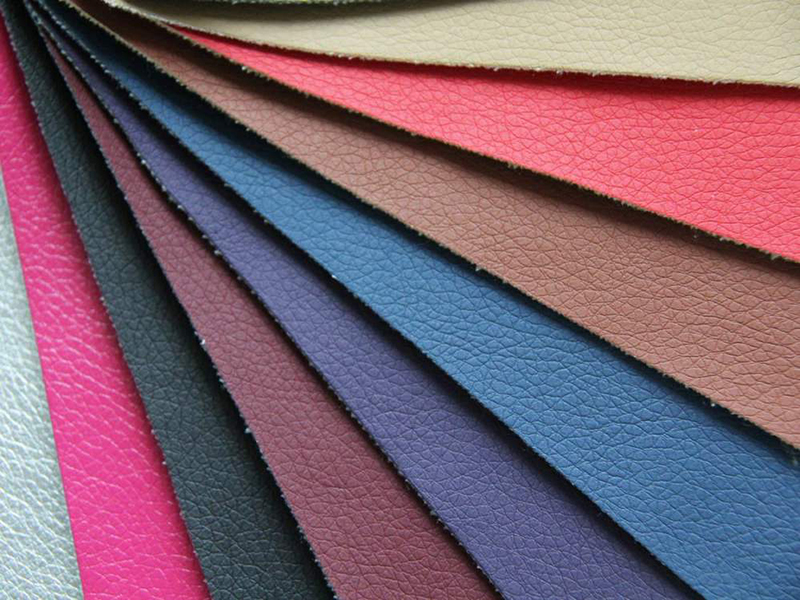Leather is an integral part of Bangladesh’s industrial landscape and plays a vital role in the country’s export sector. Among the various stages of leather production, the price of finished leather holds significant importance for both local and international buyers. Understanding the dynamics of finished leather prices in Bangladesh is essential for businesses and individuals operating in the leather industry.
Discussing Finished Leather Price in Bangladesh:
The finished leather price in Bangladesh is influenced by several factors, such as global market trends, raw material availability, production costs, and currency fluctuations. While prices can vary from one manufacturer to another, they usually follow a similar pattern across the industry.
Buying Finished Leather Price in Bangladesh:
When considering buying finished leather in Bangladesh, it is essential to take into account several factors that affect the price. One of the crucial aspects is the quality of the product. High-quality finished leather often commands a higher price due to the superior standards of processing, tanning, and overall finish.

Another factor is the type of leather required. Bangladesh produces various types of finished leather, including full-grain, top-grain, corrected-grain, and suede. Each type has its unique characteristics, influencing the final price. Full-grain leather, known for its durability and natural appearance, tends to be more expensive compared to corrected-grain leather, which is less expensive but features a fabricated texture.
Furthermore, the source of the raw materials can also impact the price. Bangladesh imports raw hides and skins from various countries. The cost, availability, and quality of these imports play a vital role in determining finished leather prices.
Price of Finished Leather in Bangladesh:
The price of finished leather in Bangladesh can vary depending on the global market trends and the prevailing economic conditions. It is essential to closely monitor these factors to plan for any potential price fluctuations.
Currency fluctuations can significantly affect the price of finished leather in Bangladesh. As the tanning industry is export-oriented, changes in currency exchange rates can have a direct impact on the overall cost and competitiveness of finished leather. For example, if the Bangladeshi taka strengthens against major foreign currencies, the price of finished leather may increase. Conversely, if the taka weakens, it may become more affordable for buyers.

Additionally, the cost of production plays a crucial role in determining the price of finished leather. Factors such as labor wages, electricity costs, and chemical expenses can all contribute to the final price. Producers also incur substantial costs related to technology and machinery, which can further impact the price.
Another consideration is the demand and supply dynamics in the global market. Fluctuations in demand from major importing countries, such as the United States, China, and European nations, can have a significant impact on the price of finished leather in Bangladesh. A decrease in demand can lead to excess supply, potentially lowering prices, while an increase in demand can drive prices up.
Conclusion:
The price of finished leather in Bangladesh is dynamic and influenced by various factors, both internal and external. Buyers looking to purchase finished leather from Bangladesh should consider factors such as quality, type, raw material source, currency fluctuations, and production costs. Staying informed about global market trends and monitoring supply and demand dynamics can help businesses make informed decisions and remain competitive. By understanding these factors, stakeholders in the leather industry in Bangladesh can navigate the market more effectively and capitalize on the opportunities available.Extended Conclusion:
As Bangladesh continues to cement its position as a leading exporter of leather products, understanding the dynamics of finished leather prices becomes increasingly important. The country’s leather industry has made significant strides in ensuring the quality and competitiveness of its finished leather, which in turn has contributed to its growing global reputation.

International buyers interested in acquiring finished leather from Bangladesh should engage in thorough market research and establish strong business relationships. By doing so, they can gain access to competitive pricing and ensure consistent supply of high-quality finished leather.
Furthermore, it is crucial for local manufacturers in Bangladesh to continuously improve their efficiency and productivity to remain competitive in the global market. Leveraging advanced technologies, implementing sustainable practices, and establishing smooth supply chain operations can help minimize production costs and positively impact the overall price of finished leather.
The Government of Bangladesh has also recognized the importance of the leather industry and has taken initiatives to support its growth. By providing necessary infrastructure, implementing favorable policies, and facilitating skill development programs, the government aims to further enhance the country’s leather industry’s global competitiveness.
In conclusion, the price of finished leather in Bangladesh is determined by multiple factors, including quality, type, raw material source, currency fluctuations, and production costs. By carefully analyzing these aspects, both buyers and manufacturers can make informed decisions and contribute to the sustainable growth of the country’s leather industry.
The finished leather industry in Bangladesh holds immense potential for economic growth and job creation. With its commitment to continuous improvement and a focus on meeting international standards, the country is well-positioned to capitalize on the opportunities available in the global market. Adapting to changing market dynamics, embracing innovation, and maintaining a customer-centric approach will be essential for ensuring long-term success and establishing Bangladesh as a preferred destination for finished leather.




